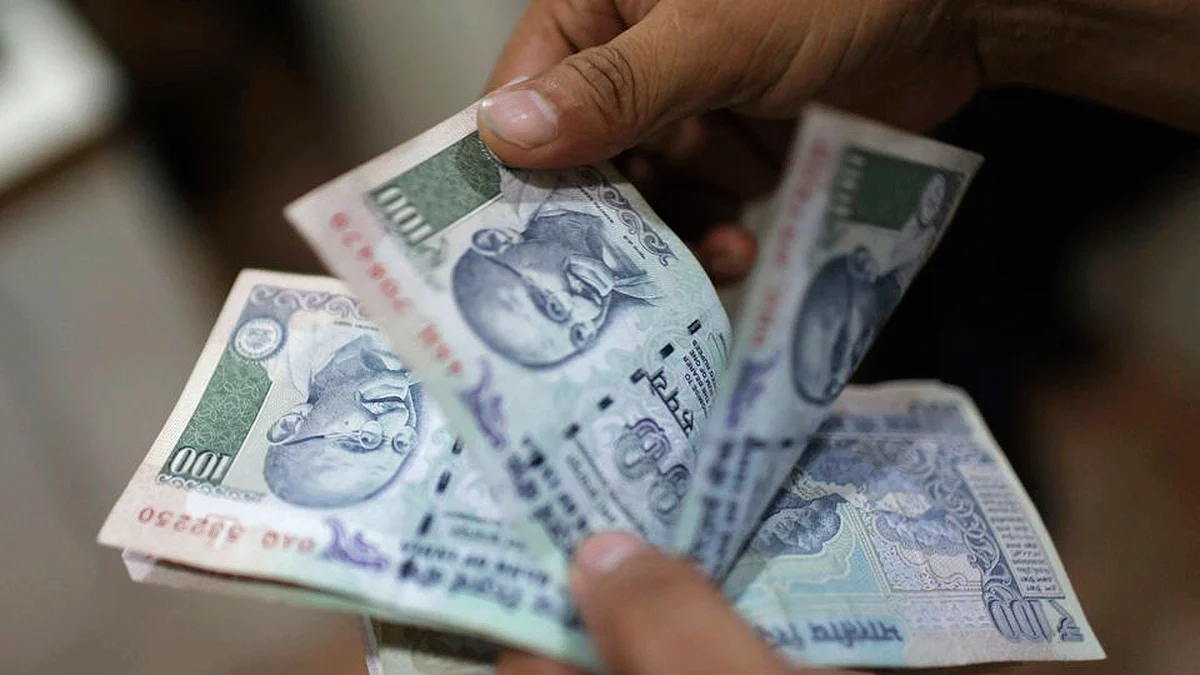Union Budget 2018: Fiscal Deficit Set At 3.3 Percent for FY19
The fiscal deficit for 2017-18 is likely to be higher at 3.5 percent compared to the targeted 3.2 percent.

advertisement
The Indian government will target a fiscal deficit of 3.3 percent of GDP for 2018-19, Finance Minister Arun Jaitley said in his budget speech on Thursday, 1 February. The government also said that the fiscal deficit for 2017-18 is likely to be higher at 3.5 percent compared to the targeted 3.2 percent of the GDP.
The markets have been widely anticipating a fiscal deficit number higher than the 3 percent target set under the FRBM (Fiscal Responsibility and Budget Management) Act. The government had already pushed back that 3 percent target by a year from FY18 to FY19.
The government will plan to borrow Rs 6.06 lakh crore from the markets, Bloomberg News reported. This is lower than the expected Rs 6.5 lakh crore. Bond yields fell following the lower than expected borrowing.
New Fiscal Roadmap
The government also said that it would accept the recommendations of the NK Singh committee to reduce the central government debt to GDP ratio to 40 percent by FY 2023 and the general government debt to GDP ratio to 60 percent.
Last year, a committee headed by NK Singh had suggested a new fiscal consolidation road map. That required the government to maintain a fiscal deficit of 3 percent between FY18 and FY20 and then bring it down to 2.5 percent by FY23. It had also proposed an escape clause of 0.5 percent of the GDP, which would be available to the government at times of severe external stress or structural changes. Finance Minister Jaitley did not say whether the recommendations have been accepted in their entirety.
The Backdrop
The government’s finances came under pressure in 2017-18 due to the implementation of the Goods and Services Tax. Volatility in revenue combined with a front-loading of spending led the government to hit 112 percent of the target in the April-November period. Jaitley said that this year’s accounts will account for only 11 months of revenue under GST.
The Economic Survey, however, struck a hopeful note on the eventual tax collections under the GST, estimating a growth of 12 percent over indirect tax collections in the previous regime. The survey also noted that here has been a 50 percent increase in the number of indirect taxpayers.
A fear of fiscal slippage, along with rising oil prices, pushed up bond yields by close to a 100 basis points over the last six months. The six-month decline in bond prices has been the longest rout seen in India since 2000, Bloomberg News reported on Wednesday. Bond prices and yields move inversely.
Bond market experts have warned that liquidity conditions this year will no longer be sufficient to support large borrowings from the centre and the states. With credit growth picking up and deposit growth declining, surplus liquidity in the banking system is being squeezed. Traders expect the Reserve Bank of India to provide liquidity support during the course of the year through bond purchases under its open market operation programme to keep liquidity comfortable.
(This article was originally published in BloombergQuint, and has been republished here with permission.)
(At The Quint, we question everything. Play an active role in shaping our journalism by becoming a member today.)